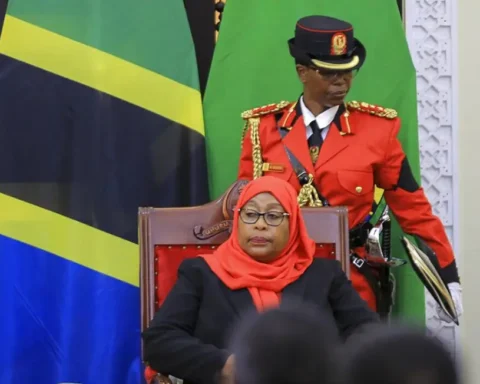The administration of President Donald Trump has released over 240,000 previously classified documents related to the assassination of American civil rights icon Dr. Martin Luther King Jr..
The documents, now available via the U.S. National Archives, were published online on Monday, July 21, 2025, and are expected to be followed by additional batches in the coming weeks. They include FBI memos, foreign intelligence leads, interviews, and notes from prison informants, forming one of the largest public disclosures related to King’s death since his murder more than five decades ago.
Dr. King, a Nobel Peace Prize laureate and leader of the American civil rights movement, was assassinated on April 4, 1968, in Memphis, Tennessee, while standing on the balcony of the Lorraine Motel. The man convicted for the killing, James Earl Ray, initially confessed to the crime but later recanted, claiming he was a scapegoat in a much larger plot.
Following the assassination, Ray fled the United States and was captured two months later at London Heathrow Airport. According to newly disclosed records, authorities also received assistance from international partners in Canada and the United Kingdom, underscoring the global reach of the manhunt.
U.S. Director of National Intelligence Tulsi Gabbard said the files are part of a broader declassification initiative aimed at increasing transparency around key moments in American history. “These records offer context, not conclusions,” Gabbard said during a press briefing.
While the documents may not definitively resolve decades-old questions, they provide new insight into the Federal Bureau of Investigation‘s surveillance of King, especially under then-FBI Director J. Edgar Hoover, whose COINTELPRO program targeted civil rights leaders, activists, and anti-war groups.
Also Read; Ukraine, Russia Set to Resume Talks in Türkiye
Of particular interest are memos detailing interviews with Ray’s former cellmate, who told investigators that Ray had received mysterious instructions and was frequently in contact with unnamed associates. Also included are notes from European and Middle Eastern intelligence agencies collected during the international pursuit of Ray.
Despite extensive official investigations—including a 1999 civil court ruling in Memphis that found the assassination may have involved a wider conspiracy—the U.S. Department of Justice reaffirmed in 2000 that there was no credible evidence implicating anyone beyond Ray.
Nevertheless, many—including members of the King family—continue to believe that the true circumstances behind the assassination have not been fully revealed. Speaking to the press, Martin Luther King III reiterated the family’s call for full transparency: “We welcome this release, but we urge a full and honest accounting. The truth must be known.”
The release of these documents comes amid broader public interest in historical justice and government accountability. Many historians and journalists are now combing through the newly published material, hoping to uncover patterns, overlooked leads, or evidence that may finally connect the dots in one of America’s most enduring mysteries.
While no smoking gun has yet emerged, the files bring the public one step closer to understanding the forces that shaped—and perhaps undermined—one of the most pivotal moments in American history.







